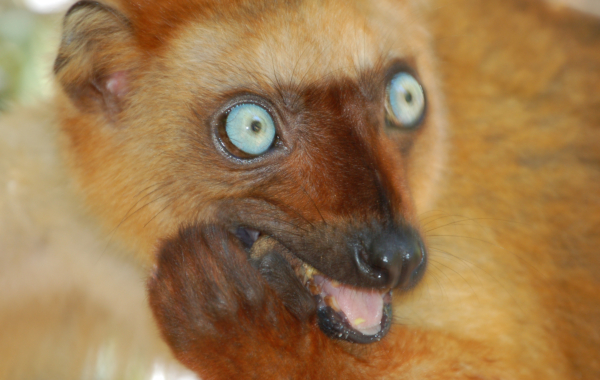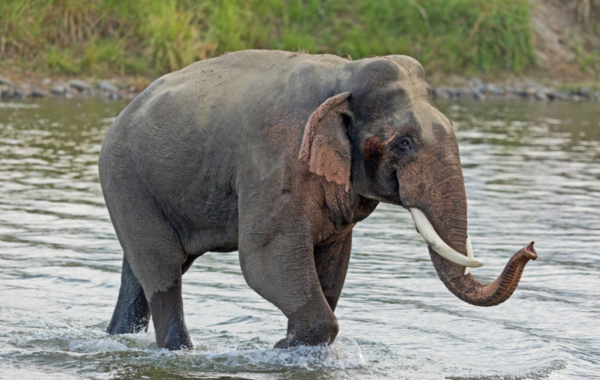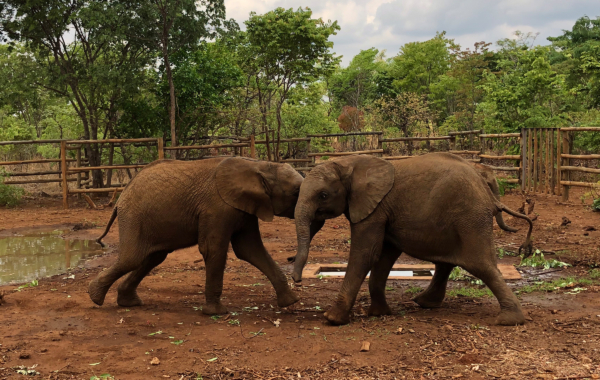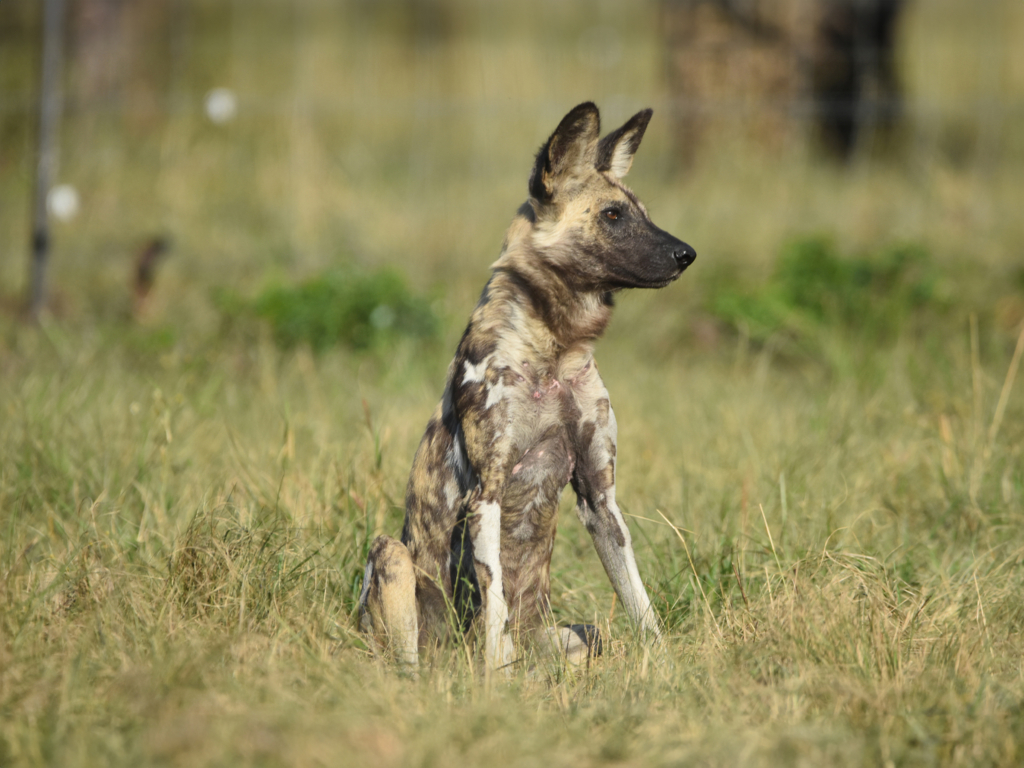Research the transmission of the Elephant Endotheliotropic Herpes Virus (EEHV) in elephant herds and investigate the possibility of developing a vaccine to protect against it.
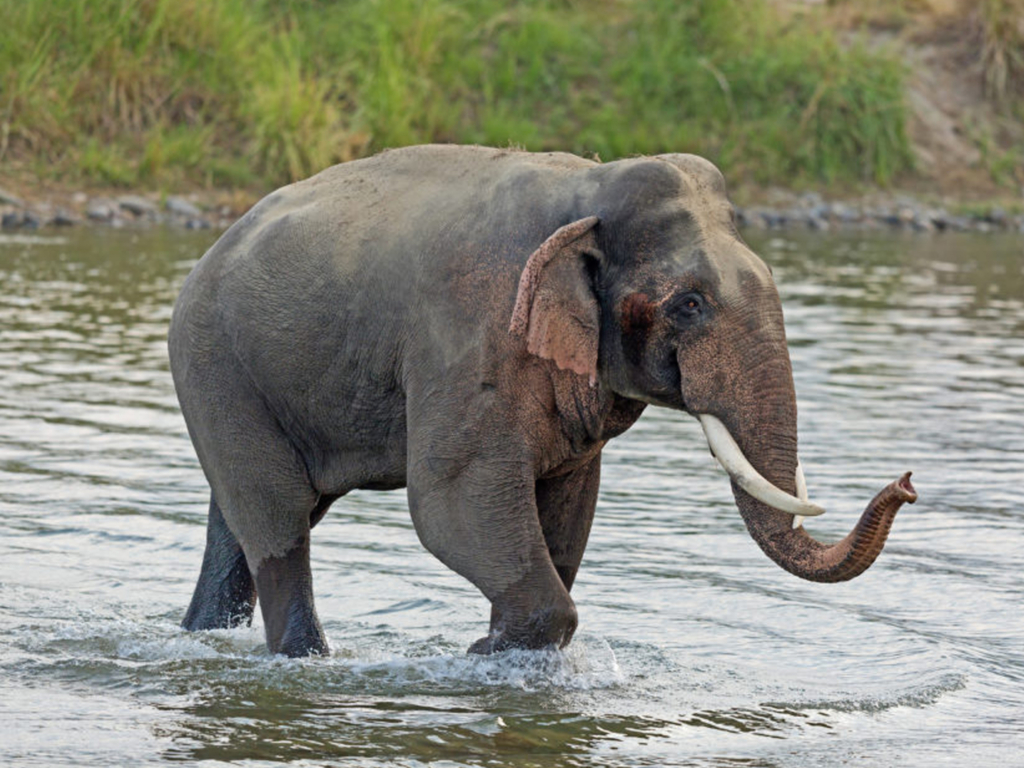
Supporting since 2010
Location
European Zoo Collections
Support started
2010
Species
Elephants
Mission
To look at transmission of the Elephant Endotheliotropic Herpes Virus (EEHV) in elephant herds and investigate the possibility of developing a vaccine to protect against it.
Donations:
Work is continuing to support research projects that strive towards finding a solution against this fatal disease.
2024 – 2025:
£866.63 donated this year.
Background
Elephant endotheliotropic herpesvirus (EEHV) continues to be a devastating infectious disease posing a significant threat to the long-term conservation of Asian elephants in zoo populations and is the most frequent cause of death in young Asian elephants in Western zoos. The disease is also found in wild populations, where infections and fatalities are more challenging to track. More recently, African elephants have been shown to be affected as well.
The co-existence of elephants with EEHV over the past four million years indicates that in young elephants’ lives there must be a protective element to prevent EEHV induced fatality. In captivity in North America and Europe, breeding institutions can be affected with EEHV infections with up to 100% mortality, whilst similar institutions (group size, breeding success) are unaffected or minimally affected.
This project investigates important elements in individuals’ lives (up to the age of 3 years) which allows them to resist EEHV as well as looking at factors which make them sensitive to EEHV (retrospective analysis of recent deaths). It is felt that nutritional components such as lauric acid play a key role in disease prevention. During active lactation, losses of calves are minimal indicating that elephant milk contains a protective component. Hand-reared calves are at high risk for EEHV infection. The weaning period (approx. 2 years) is a critical phase for young calves regarding EEHV infection.
Lauric acid is an antiviral and antibacterial fatty acid with a commercial use in antibiotic-free treatment against infection, widely used by human HIV patients. Lauric acid makes up 30-40% of free fatty acids in the milk of African elephants; data regarding Asian milk composition is unknown. Other nutritional components may protect weaning calves which may be absent from diseased weaning calves hence causing fatal EEHV infection.
Achievements and Objectives
Approximately one hundred animals, predominantly between 3 months and 15 years of age, have died from the virus since its discovery in captive Asian elephants. PhD projects are designed:
1. To research important elements in individual elephant’s lives which mean they resist or are sensitive to the virus. Researchers at the University of Utrecht EEHV Laboratory provide the valuable service of regular antibody status updates for elephants, providing essential information on the risk of EEHV outbreaks within zoo holdings.
2. To look at transmission in elephant herds and investigate the possibility of developing a vaccine to protect against it. The first important steps have been taken towards the development of a vaccine and a potential treatment prevention against EEHV-HD.
3. To work towards a better understanding of epidemiology of the virus to validate a molecular test for regular monitoring purposes.

